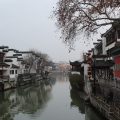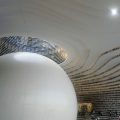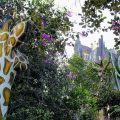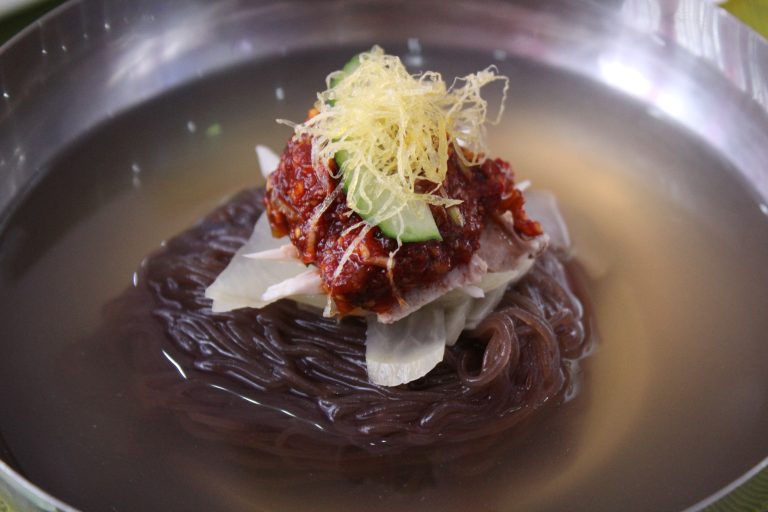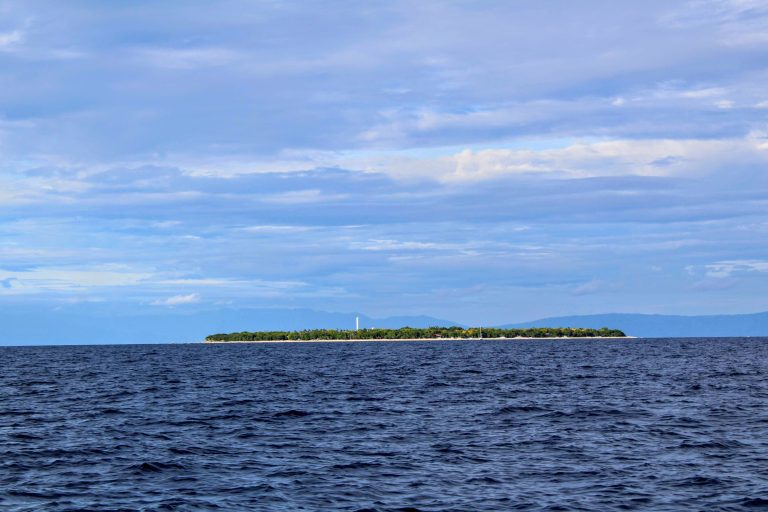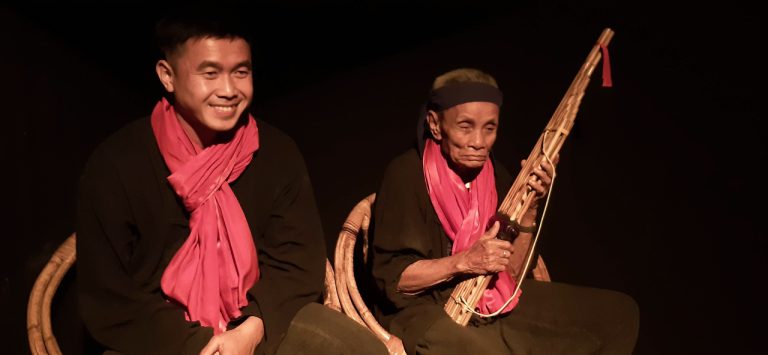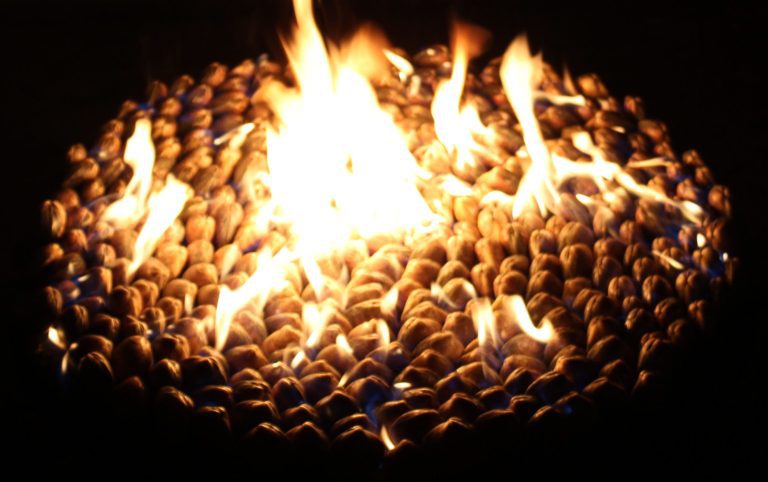Visiting the Forbidden City in Beijing
Visiting the Forbidden City in Beijing is top of almost all the lists of tourist destinations. It’s an absolutely stunning complex full of history and incredible architecture, located in the heart of the city. The entrance gate at Tiananmen Square, with the portrait of Mao, is an iconic image associated with China.
Despite living in Beijing, it took me almost a full year until I finally got around to visiting the Forbidden City! It was one of the last places I visited before leaving, and I loved it. I wish I’d gone earlier so that I could have visited it multiple times before leaving. It’s definitely somewhere I’ll visit again in the future.
How to Visit the Forbidden City
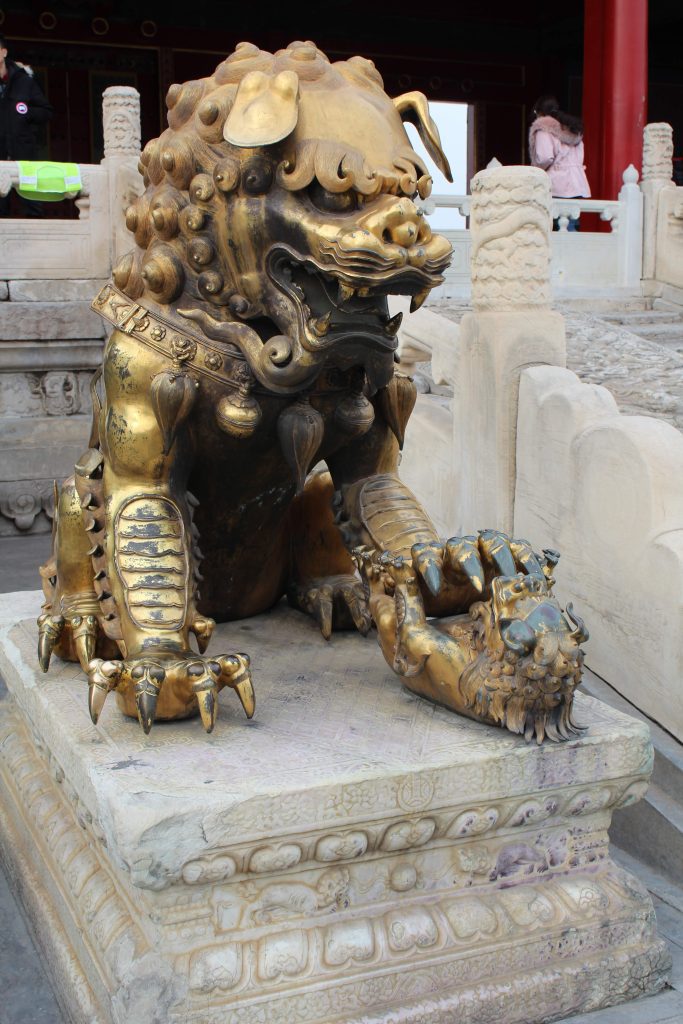
The Forbidden City is known as the Imperial Palace Museum, and it operates on a ticket system where tickets need to be reserved a minimum of 1 day in advance. For international visitors, you are able to reserve them up to 7 days in advance via e-mail and pay on arrival. The official website lists the prices for both low and high season (60RMB high, 40 RMB low) along with details on how to book your tickets.
It used to be possible to buy tickets in person: however, I’ve heard they stopped doing this during Covid, so I would not risk turning up without a ticket. If you can’t book one via the official methods, then there is also the option of booking a tour with a third-party to guarantee entry. When visiting, you need to bring your passport as that acts as your ticket.
Getting to the Forbidden City
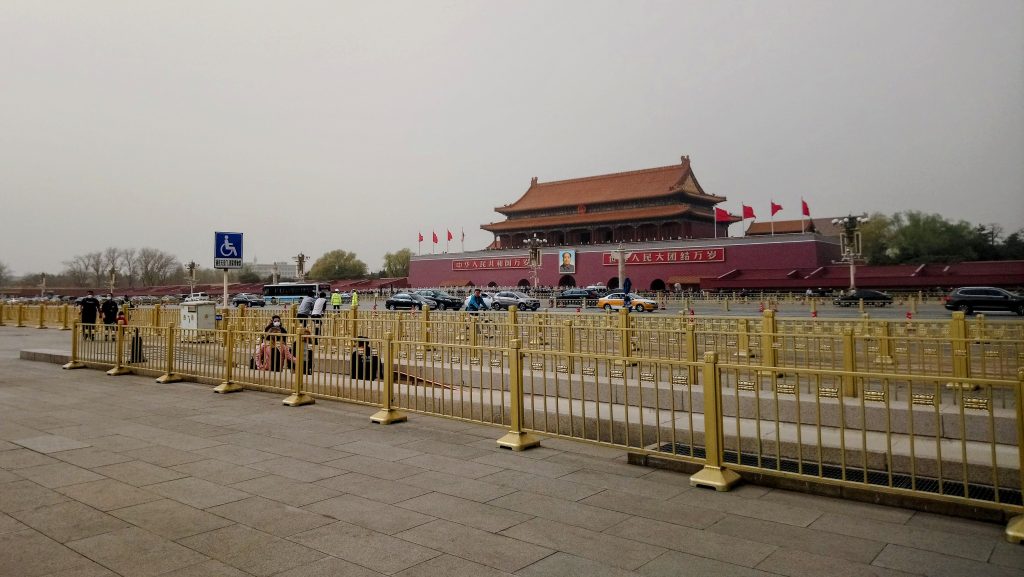
The best way to get to the Forbidden City is to take Metro Line 1 to Tiananmen Square. If you are near Line 2, you can take that to Qianmen which is to the south of Tiananmen Square, and it is just a short walk to reach it.
To enter the Forbidden City you must pass through Tiananmen, the heavenly gate. This gate is what Tiananmen Square is named after, and is one of many gates in the complex. Next up, you make your way to the Meridian Gate. This gate is where you need a ticket to get through and you can’t return through this gate.
You could spend a whole day visiting the Forbidden City, however it is possible to rush through it in a few hours if you are on a short layover. It’s a very popular place to take photos, so if you’re lucky you might stumble upon a photoshoot of people in traditional outfits.
History
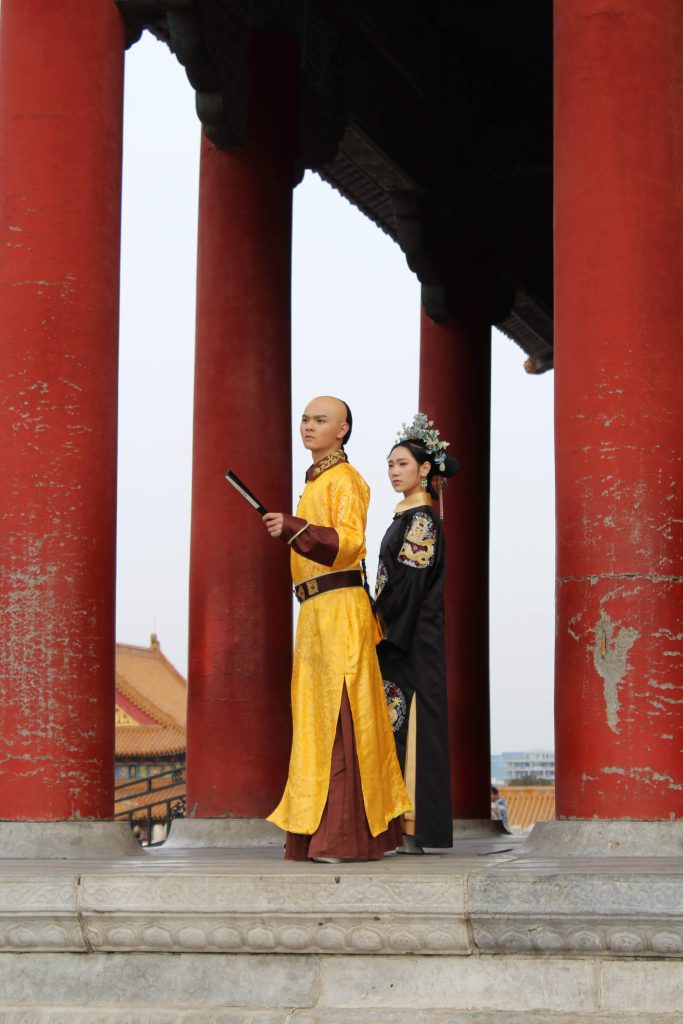
The palace was built in 1420 (taking 14 years to build) by the Yongle Emperor. He moved the capital of China from Nanjing to Beijing and the palace was used by successive emperors until the end of the Qing dynasty in 1924. It is now the home of the Imperial Palace Museum, and is home to several galleries that you can visit.
It is known as the Forbidden City because entry was forbidden to most of the population. Only the Imperial Family and selected officials could enter.
The grounds have almost 1,000 buildings and are spread out over 720,000 square metres. It really does feel like a city within a city when you visit. As it is so large, it simply isn’t possible to see everything in one trip, so there are several things I missed. I recommend doing some research online before your trip to decide what things are most important for you to see, as it was only after my visit that I learned about the Dragon Wall and regret not having the chance to see it.
The official website has some recommended tours that you can use as a base, or you can hire an audio guide. I definitely feel that I’ll want to go with a guide for my next visit so I can learn even more about what I’m seeing. The informational signs were bilingual with Chinese and English, so you can still learn a lot on your visit: but you will miss out a lot.
Exhibitions
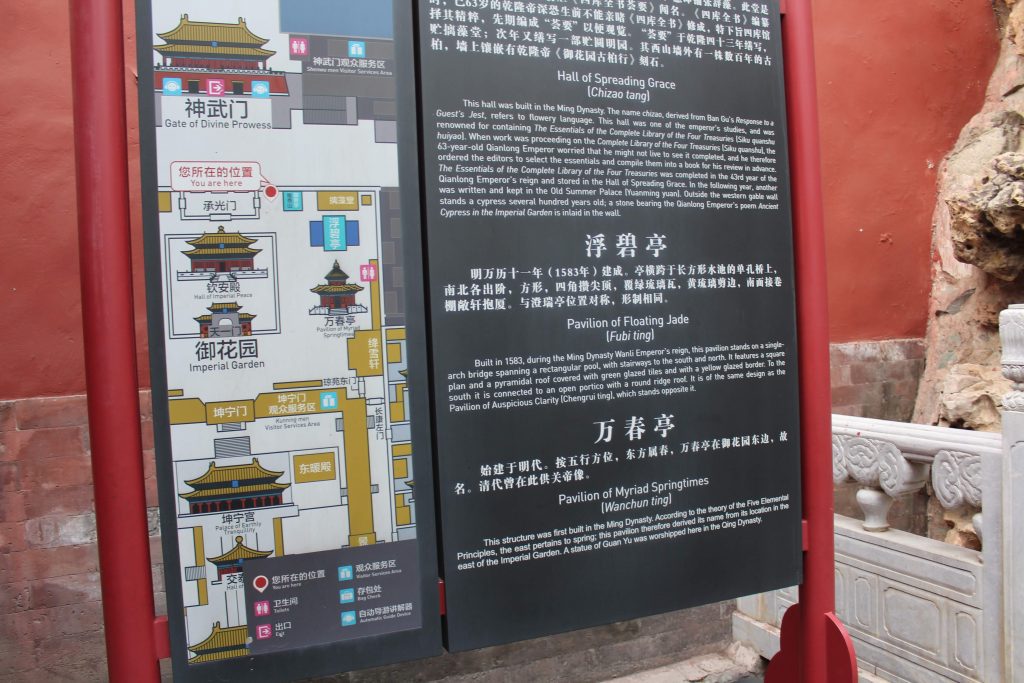
The museum has two paid exhibitions – The Gallery of Clocks and The Treasure Gallery – which cost 10 RMB each to visit. These are completely optional, so as I didn’t have lots of time I decided to skip them. I’ve heard they are worth visiting though, and they’re very cheap so if you have time then you might as well check them out!
At the entrance, there is usually a free temporary exhibition that will change every few months. You can check what the current exhibition is on the website, which also allows you to view previous exhibitions. When I visited, the temporary exhibition only had signage in Chinese, so best to make sure you have a translation app on your phone.
Architecture
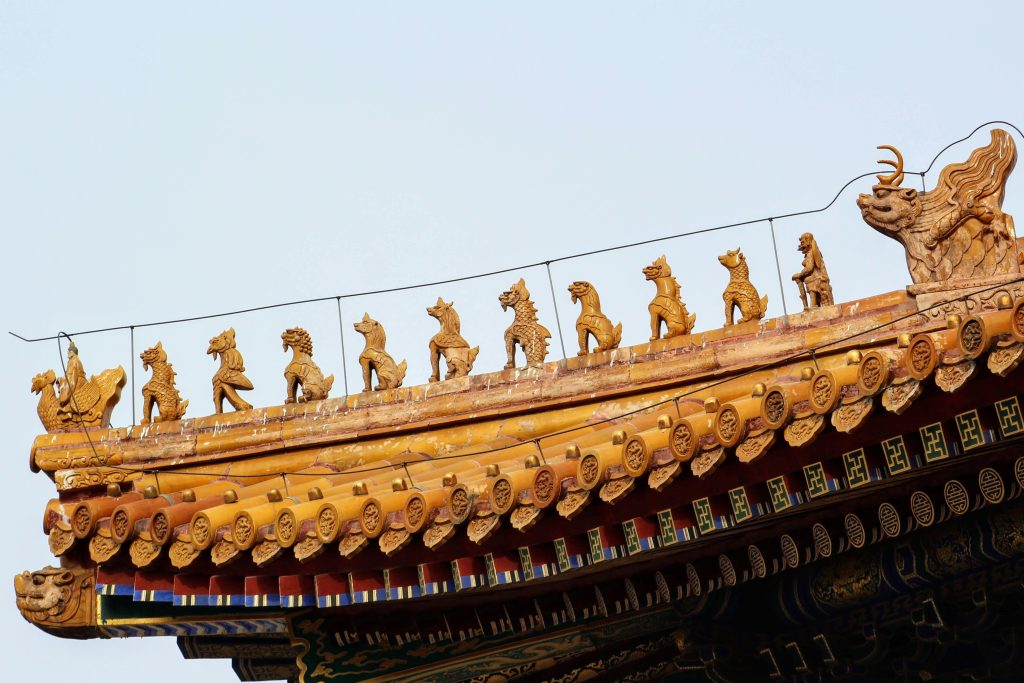
When exploring the City, don’t forget to look up! The Forbidden City has some spectacular roof decorations. The rooftops have several beasts on them, which you will notice at several other famous sights such as Lama Temple. The more beasts on the roof, the more important the building. Many buildings that I saw had three or four beasts. However, the Forbidden City has one rooftop with ten statues on it. The Hall of Supreme Harmony was the only building in the whole empire which was allowed ten. There are actually eleven statues: the first one is a figure riding a rooster, followed by the ten animals. You can learn more about the mythology of the creatures at this website.
Leaving the Forbidden City
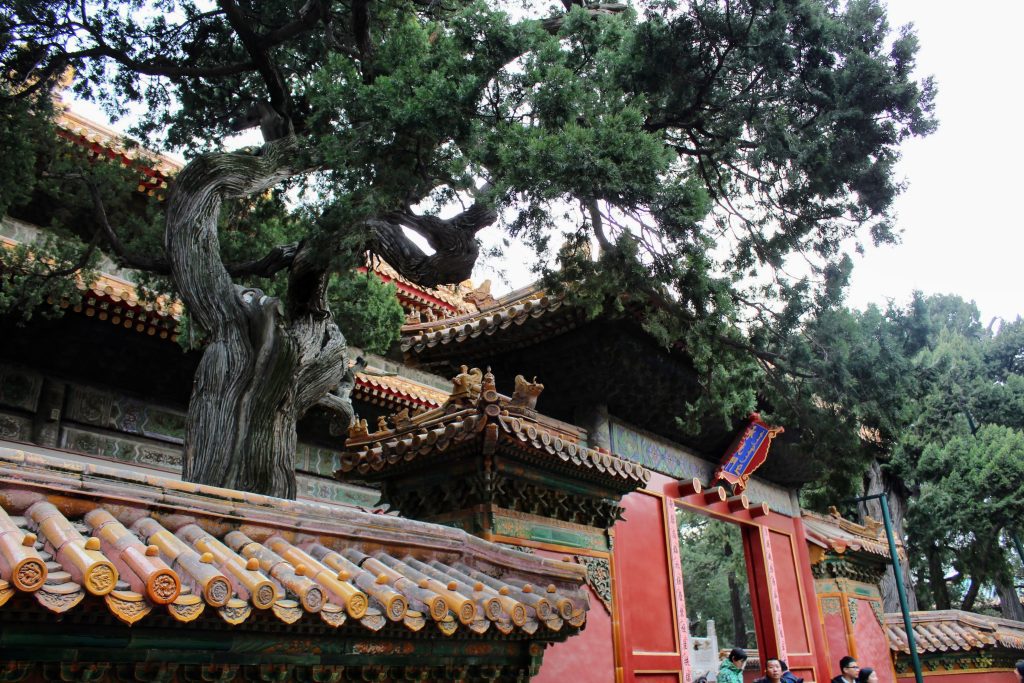
You can’t exit by the same way you came in. The main exit is the Gate of Divine Prowess, which is located directly north of the entrance. There is another exit to the east, the East Prosperity Gate: however, I recommend leaving via the North exit.
Once you’ve exited the palace complex, the best way to then leave the area is by bus. There aren’t any subway stops nearby, so you would need to walk quite far to reach them.
However, the main advantage of leaving at the north entrance is that it takes you out opposite Jingshan Park. The hill in the park offers beautiful views over the Forbidden City. If you time it right, visiting Jingshan Park at sunset is absolutely beautiful and a fantastic experience.
Are you thinking of visiting the Forbidden City? What other palace complexes have you visited? Let me know!


